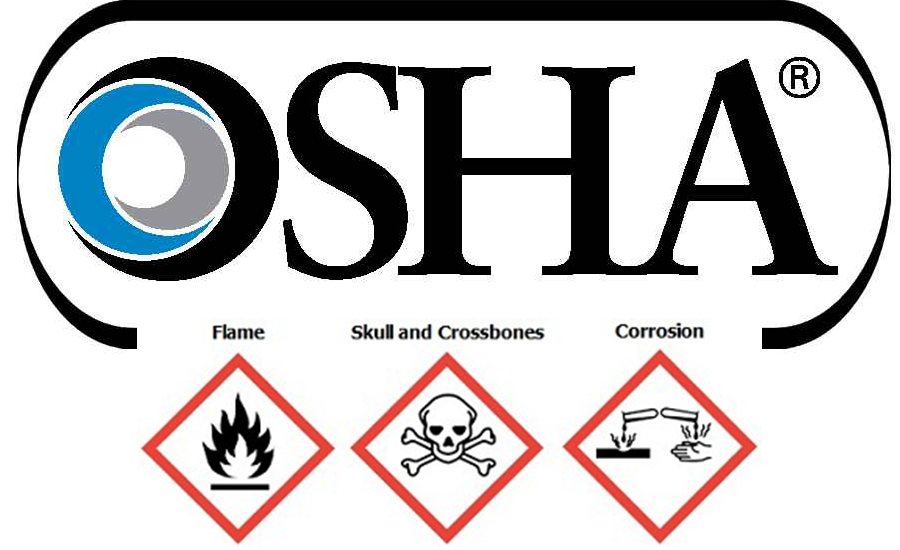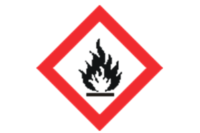HazCom labels warn, instruct

Under OSHA’s revision of the Hazard Communication Standard, 29 CFR 1910.1200 (HCS), information about chemical hazards be conveyed on labels using quick visual notations to alert the user, providing immediate recognition of the hazards. Labels must also provide instructions on how to handle the chemical so that chemical users are informed about how to protect themselves.
All hazardous chemicals that are shipped must be labeled with specified elements including pictograms, signal words and hazard and precautionary statements.
Label Requirements
Labels, as defined in the HCS, are an appropriate group of written, printed or graphic informational elements concerning a hazardous chemical that are affixed to, printed on, or attached to the immediate container of a hazardous chemical, or to the outside packaging.
The HCS requires chemical manufacturers, importers, or distributors to ensure that each container of hazardous chemicals leaving the workplace is labeled, tagged or marked with the following information: product identifier; signal word; hazard statement(s); precautionary statement(s); and pictogram(s); and name, address and telephone number of the chemical manufacturer, importer, or other responsible party.
Once a chemical has been identified and classified, the manufacturer, importer or distributor should determine the appropriate pictograms, signal words, and hazard and precautionary statement(s), for the chemical label. Once this information has been identified and gathered, then a label may be created.
Label Elements
The HCS now requires the following elements on labels of hazardous chemicals:
• Name, Address and Telephone Number of the chemical manufacturer, importer or other responsible party.
• Product Identifier is how the hazardous chemical is identified. This can be (but is not limited to) the chemical name, code number or batch number. The manufacturer, importer or distributor can decide the appropriate product identifier. The same product identifier must be both on the label and in section 1 of the SDS.
• Signal Words are used to indicate the relative level of severity of the hazard and alert the reader to a potential hazard on the label. There are only two words used as signal words, “Danger” and “Warning.” Within a specific hazard class, “Danger” is used for the more severe hazards and “Warning” is used for the less severe hazards. There will only be one signal word on the label no matter how many hazards a chemical may have. If one of the hazards warrants a “Danger” signal word and another warrants the signal word “Warning,” then only “Danger” should appear on the label.
• Hazard Statements describe the nature of the hazard(s) of a chemical, including, where appropriate, the degree of hazard.
• Precautionary Statements describe recommended measures that should be taken to minimize or prevent adverse effects resulting from exposure to the hazardous chemical or improper storage or handling.
• Pictograms are graphic symbols used to communicate specific information about the hazards of a chemical. On hazardous chemicals being shipped or transported from a manufacturer, importer or distributor, the required pictograms consist of a red square frame set at a point with a black hazard symbol on a white background, sufficiently wide to be clearly visible. A square red frame set at a point without a hazard symbol is not a pictogram and is not permitted on the label.
While the GHS uses a total of nine pictograms, OSHA will only enforce the use of eight. The environmental pictogram is not mandatory but may be used to provide additional information.
It is important to note that the OSHA pictograms do not replace the diamond-shaped labels that the U.S. Department of Transportation (DOT) requires for the transport of chemicals, including chemical drums, chemical totes, tanks or other containers. Those labels must be on the external part of a shipped container and must meet the DOT requirements.
Labels must be legible, in English, and prominently displayed. Other languages may be displayed in addition to English. Chemical manufacturers, importers, and distributors who become newly aware of any significant information regarding the hazards of a chemical must revise the label within six months.
For more information, visit OSHA's Hazard Communication web page.
Looking for a reprint of this article?
From high-res PDFs to custom plaques, order your copy today!






